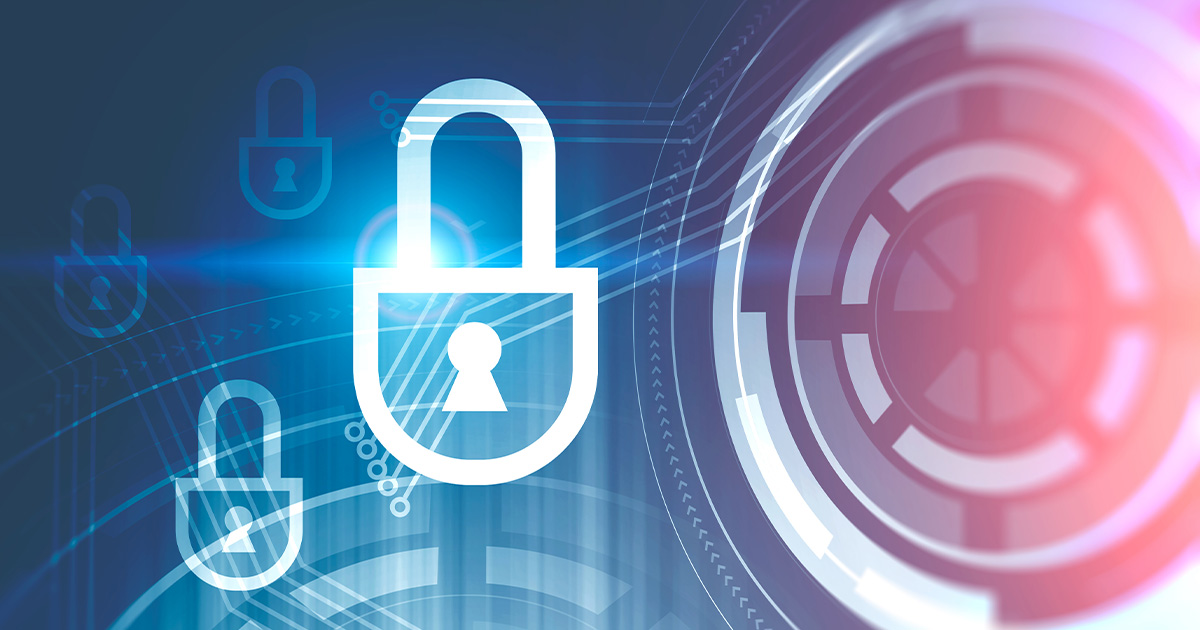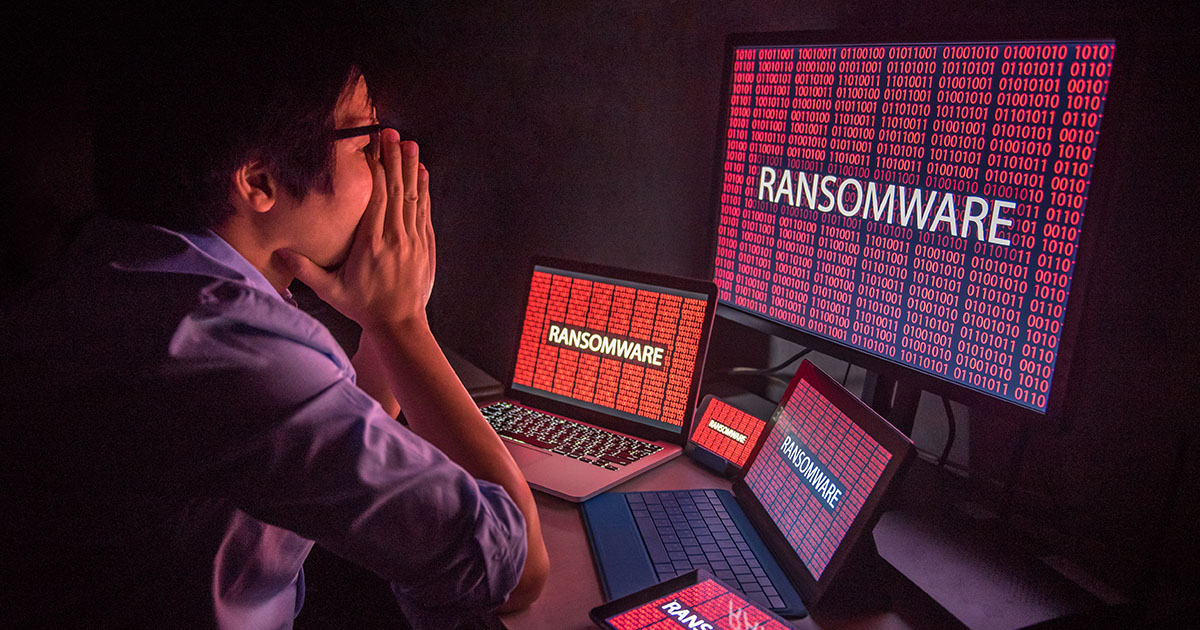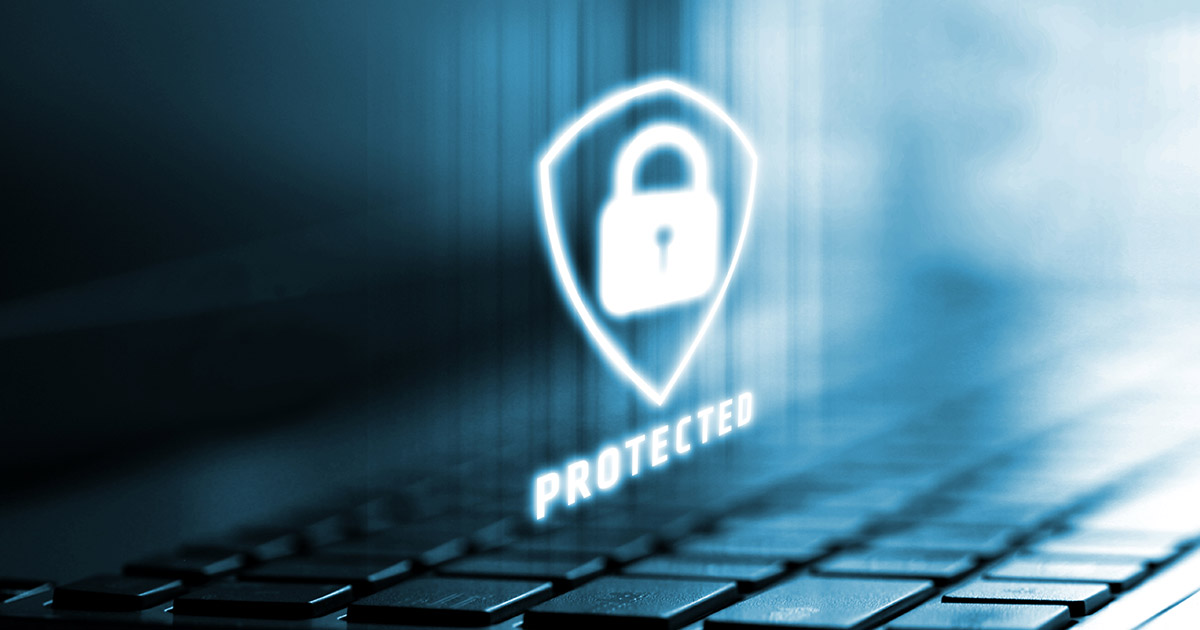Cybersecurity
Awareness
Month
What Is Cybersecurity Awareness Month?
Each year the Cybersecurity and Infrastructure Security Agency (CISA) and the National Cybersecurity Alliance (NCA) lead a collaborative effort between the government and private sector to raise cybersecurity awareness nationally and internationally.
This year’s efforts are themed “See Yourself in Cyber.”
Intended to demonstrate that while cybersecurity may seem like a complex subject, ultimately, it’s really all about people. This October will focus on the “people” part of cybersecurity, providing information and resources to help educate CISA partners and the public, and ensure all individuals and organizations make smart decisions whether on the job, at home, or at school – now and in the future.
Cybersafe is engaging in our own efforts for this campaign, and we invite you to follow along.
Quick Hits: Cyber Aware. Cyber Secure. Cybersafe.
We'll be sharing videos covering best practices and trends in cybersecurity, from the human element in security and vulnerabilities to addressing third-party risk and more.

Featured Wines
Our featured wines are:
Alpha Omega Chardonnay, Napa Valley, 2016 & Alpha Omega Cabernet Sauvignon, Napa Valley, 2018
Attendees will receive their bottles by mail before the event. If you are able to join us, please RSVP in the form below.
Resources: Cybersecurity FAQs & Tips

The Importance of MFA
Implementing a second factor following passcode entry—such as a temporary code sent via text or email, third-party authorization app, or fingerprint scan—enhances security posture and protects privacy.
While passwords can be cracked, this additional security measure makes it more challenging for hackers to access your personal information.
In fact, doing so can block 99.9% of account compromise attacks, reads a paper from SANS Software Security Institute sponsored by Microsoft.
READ MORE
Why You Should Invest in Continuous Monitoring
Cyberattacks yield devastating financial and reputational losses to impacted businesses. While recovery is possible for some, it is essential organizations take preventative action and invest in a robust continuous monitoring cybersecurity solution.
Cutting-edge endpoint detection and response (EDR) monitors laptops, desktops, and mobile devices 24/7/365 to provide complete visibility into endpoint activity, and proactively curb threats before they manifest as attacks.
READ MORE
Can You Get Hit With Ransomware More Than Once?
Just as a virus strikes the human body, there is always a chance for repeat infection to your systems after a cyber event.
In fact, victimized businesses are often more vulnerable to repeat attacks. A recent survey from IT security company Sophos found it cost businesses $1.85 million on average to recover from ransomware attacks in 2021, and 60% of breached businesses never do at all—failing within six months.
There are three main reasons repeat-attacks are all too common, explains Cybersafe Solutions Channel Manager Randy Schumaker: The business lacked continuous monitoring, didn’t have proper controls in place, or the threat actor never left.
READ MORE
Managed Detection and Response, Simplified
Selecting the right continuous monitoring solution for your business can be overwhelming—especially considering the magnitude of options to choose from and their key differences.
For instance, while managed detection and response (MDR) services encompass an integrated package protecting businesses against attacks, managed security services providers (MSSP) focus on implementation, configuration, and infrastructure maintenance.
The main difference: MDRs are far more thorough—with expert teams focused on monitoring security data to identify threats 24/7/365 utilizing deception technology, managed threat hunting, intelligence-based detection and analysis.
READ MOREWatch: How Threat Actors Operate
Cybersafe Solutions: Cybersecurity Solutions & Services
Subscribe for Cybersecurity Awareness Month updates!







.jpg?width=1280&height=720&name=Cybersafe-EstablishRobustDefensesComplianceWillFollow-thumbnail%20(1).jpg)









